Women in Bhutan: Past, Present, Future
ITINERARY:
Note for travelers: We highly recommend booking your flights so that you arrive one day early (June 7). It is near impossible to predict how individuals will be affected by altitude, therefore we highly recommend taking an extra day to unwind, hydrate, and adjust to the high altitude.
June 8: Flight to Paro & transfer to Thimphu
Upon arrival in Paro, you will be met by your driver and taken straight to Thimphu (1 hour drive). Thimphu is the largest city in Bhutan, with a population of approximately 100,000. Home to the royal family and the main offices for many international aid organizations, Thimphu is a mix of Himalayan and Western culture.
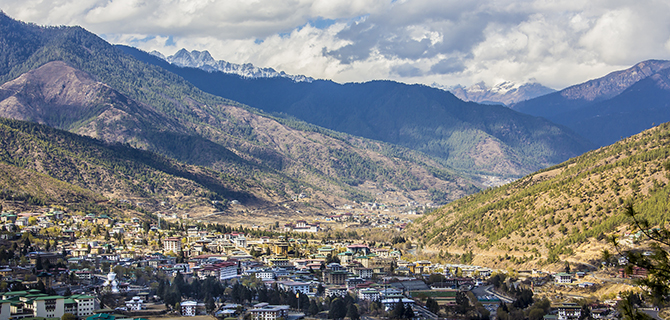
Enjoy a welcome dinner, then rest up before continuing your adventure.
Overnight Hotel Gakyil
June 9: Thimphu
Your journey will start with a visit to the weekend farmer’s market. Each week, villagers from outlying areas cart their wares to Thimphu. Items for sale consist primarily of vegetables and grains produced in the nearby valleys, plus locally-sourced organic incense, meat, and dairy products.
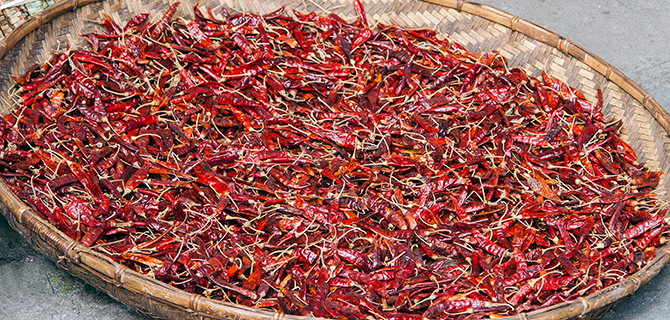
After you've had your fill of local delicacies, visit a traditional paper factory where you will witness how traditional Bhutanese paper is made from the Daphne bamboo plant.
Lunch will be held at Chuniding — a home-based organic food facility owned by a retired female police officer, who will provide you with a tour of her facility and tell her story. This incredible woman is one of the first two female officers in Bhutan, and was named the Women Entrepreneur of the Year in 2015. The majority of her employees are women and young mothers.
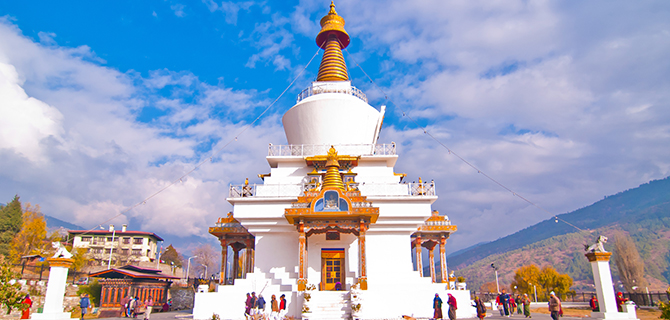
In the afternoon, explore the National Memorial Chorten —a stupa where young and old alike gather to pray or simply walk and take in its beauty. A stupa is the oldest form of Buddhist monument. It is an architectural representation of the entire Buddhist path: the body, speech and mind of an enlightened teacher is contained therein. The Bhutanese word for “stupa” is “chorten,” which means "a receptacle for offerings," and implies support for lay people to express devotion and connection to the Buddha mind.
The visit will be followed by a walk to Buddha Point — a large sitting Buddha statue on a mountaintop with a panoramic view of Thimphu Valley.
The day will conclude with discussion and contemplation.
Overnight Hotel Gakyil
June 10: Thimphu
In the morning, you will visit the School of Traditional Arts and Crafts. Here you will meet students being trained in Bhutan's traditional thirteen arts and crafts, which have been practiced since time immemorial.
The group will then head to the READ Bhutan offices, meet their team, and learn more about their program. You will eat lunch with the READ Bhutan team and some of their beneficiaries.
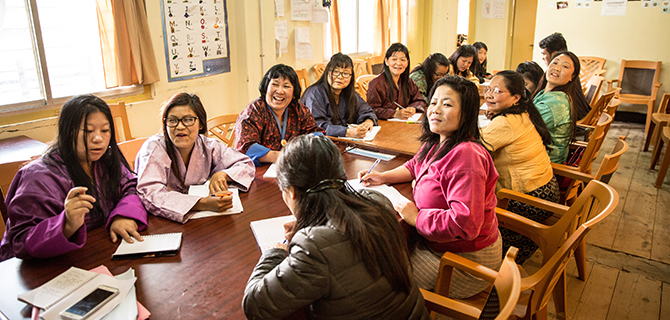
Spend the afternoon at the Changjiji READ Center with their Women’s Group. You will meet members of the group, hear their stories, and participate in a volunteer activity, such as practicing English or creating artwork with the children.

After dinner there will be an opportunity for debriefing and discussion about the day.
Overnight Hotel Gakyil
June 11: Thimphu
Today, there will be a private symposium of women leaders in Bhutan for Dining for Women participants. Along with discussions about gender and culture in Bhutan, women will also talk about the Gross National Happiness index and how that impacts opportunities for women in this country.
Enjoy lunch at a local restaurant in town.
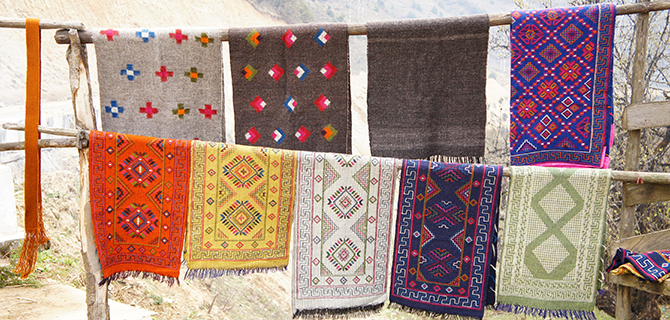
The afternoon will include a stop at the VAST Art Studio – a local art gallery and NGO featuring work from contemporary Bhutanese artists, where you will have a chance to meet the artists themselves and discuss their projects.
Head to Tashichho Dzong, the “fortress of the glorious religion.” Bhutan’s dzongs originally served three purposes: as a fortress, an administrative center of local government, and a residence and focus for the monks’ religious activity. This massive, hand-built complex houses government offices, the king’s audience chambers, the National Assembly, a multitude of temples, and many monks.
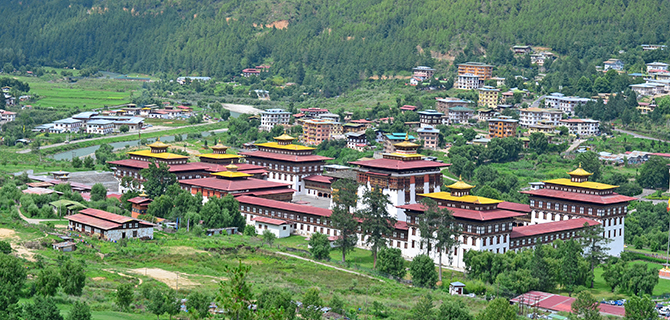
In the evening, you’ll be able to take a contemplative walk in a beautiful local park across from the fortress.
Overnight Hotel Gakyil
June 12: Thimphu to Punakha
This morning, the group will depart for Punakha, the ancient capital of Bhutan, via the lush and beautiful Dochula Pass. En route, you will be able to see as far as the Himalayan ranges, and can spot the many stupas built into the nearby mountains.
You will pass Simtoka, the oldest dzong in the country. This fortress was built by Shabdrung Ngawang Namgyal, the man who unified Bhutan, in 1629. Its prayer wheel alcoves contain slate carvings of Buddhist deities that date to the dzong's construction. Simtoka now houses a language school where scholars of all ages study Dzongkha, the national language.
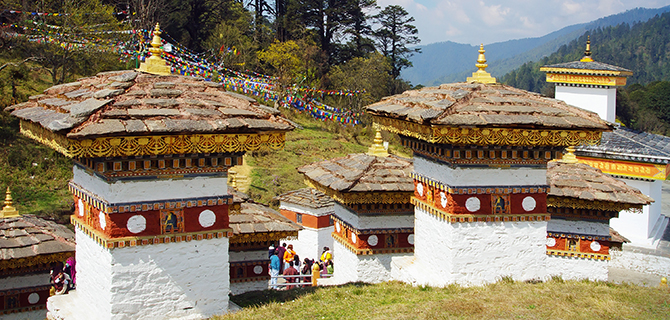
On the way to Punakha, stop at Chimi Lhakhang, a small temple dedicated to one of Bhutan’s favorite saints — the “divine mad monk” Drukpa Kinley. Nearly 500 years ago, this region was the stomping ground of this unconventional monk, who taught Buddhist dharma by employing a shocking and lascivious sense of humour. The landscape is dotted with evidence of his abiding influence, and legends of his exploits are still told by local villagers.
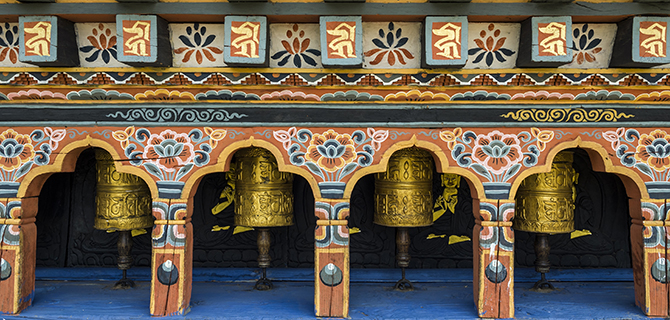
If time permits, the group will visit the Wolokha Nunnery.
Overnight Meri Puensum Resort
June 13: Punakha
Spend the morning at Punakha Dzong, the picturesque ancient capital of Bhutan and the winter seat of Je Khenpo (the chief abbot of Bhutan). The palace is strategically located at the confluence of the Pho Chu (Father River) and Mo Chu (Mother River). If you’d like, you may walk from the dzong across the longest suspension bridge in Bhutan.
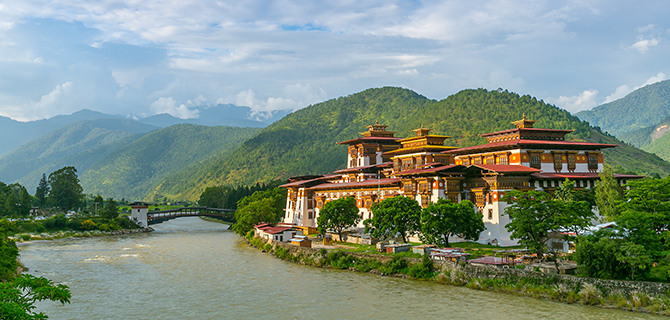
After lunch, you’ll begin the scenic drive back to Ha and have the remainder of the evening at your leisure.
Overnight Soednam Zingkha Resort
June 14: Ha - READ Bhutan
This morning, the group will visit the Yangthang READ Center staff and members. You will have the opportunity to visit local homes, meet women and families, and experience their daily lives.
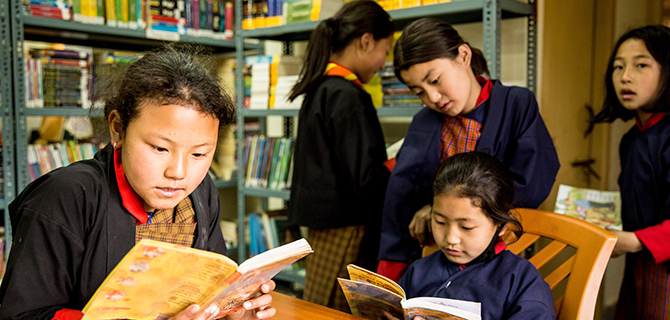
In the afternoon, attend a cooking class with some of the local women. You will learn to make Hoentey – traditional buckwheat and dried radish greens dumplings, a specialty of the region. You’ll have the opportunity to share your meal with the women and their families.
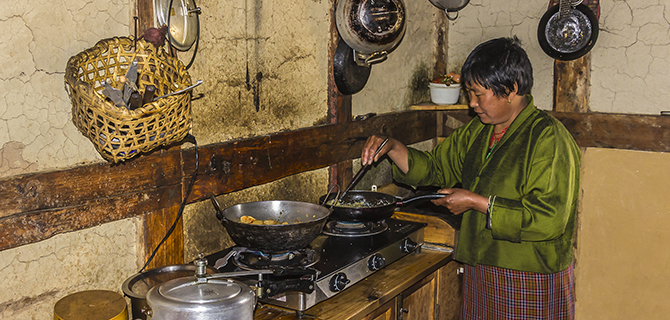
The afternoon will entail a leisurely visit to the local monastery.
Overnight Soednam Zingkha Resort
June 15: Ha to Paro
After breakfast, you will head back to Paro and take a short uphill walk to the Rinpung Dzong to explore the fascinating architectural layout of the temples inside.
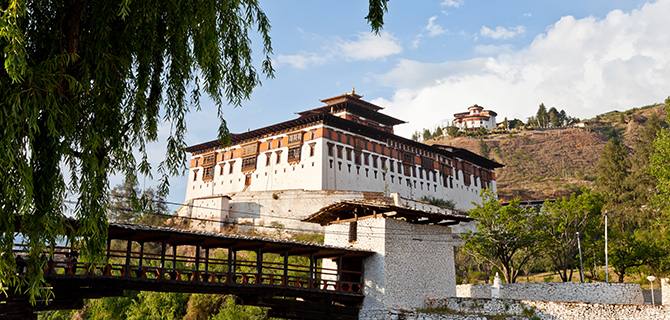
This afternoon, explore the Ta Dzong Museum – the national museum of Bhutan, which was originally used as a watchtower for Rinpung Dzong. The museum offers panoramic views of Paro Valley as well as a vast array of insight into Bhutanese history and culture.
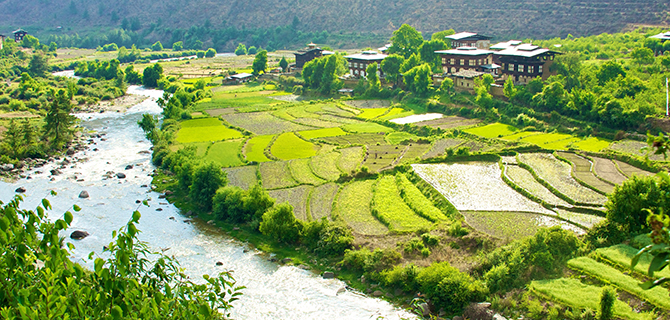
Overnight Gangtey Palace
June 16: Paro - Hike to Taktsang Monastery (Tiger's Nest)
Early this morning, there will be an optional hike to one of the most important religious sites in Bhutan, Taktsang Lhakhang, known as the Tiger’s Nest.
Taktsang Lhakhang clings to a vertical granite cliff 2000 feet above the valley floor. The legend of this monastery dates back to 747 AD, when a guru is believed to have flown here on the back of a tiger to subdue the evil spirits of the region. Buddhist mythology tells that the vanquished spirits were transformed into protectors of the dharma. One of them, Singye Samdrup, is recognized today as the guardian deity of Taktsang.
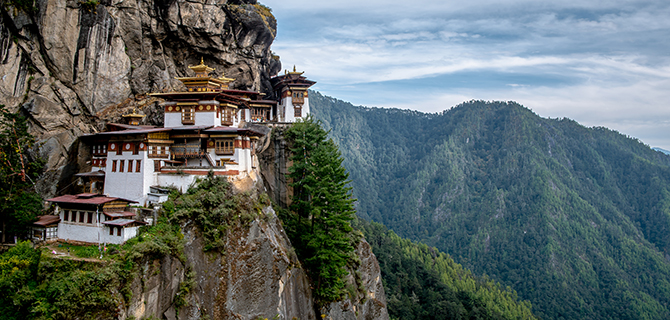
The Tiger's Nest hike is a full day excursion. The group will start very early in the morning to commence hiking. After about 2 hours of hiking, you will reach a small teahouse with a wonderful panoramic view of the temple. It is another 2 hours to the monastery. At the monastery, individuals will have lunch, and will have the opportunity to take some time for quiet contemplation, meditation, and reflection.
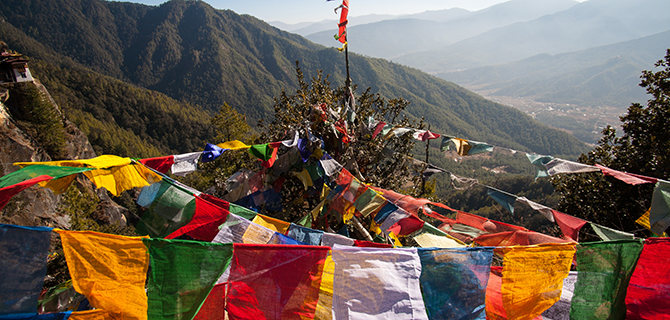
Those not interested in hiking may take a cultural sightseeing excursion to Paro. You may also sign up for a hot stone bath at the hotel (travelers' own expense).
Overnight Gangtey Palace
June 17: Departure
Today you will transfer to the airport for your international flight back home or beyond.
WHAT'S INCLUDED:
In keeping with the Gross National Happiness philosophy, Bhutan has a tourism policy of “low impact, high value.” The policy is designed to mitigate the negative impact of tourism to the extent possible. Tourism contributes approximately 10% of Bhutan’s GDP, and is reinvested back into social sectors such as health, education, conservation of the environment, and promotion of culture. As a result, visitors to Bhutan are contributing towards building a sustainable GNH country by paying a daily tariff. This daily tariff is included in your trip costs.
Inclusions:
Daily tariff and taxes
In country transportation
Local guide
Visa fee
All accommodations
All meals as listed
All activities as listed
Honorarium/host and speaker stipends
Transfers between airport and hotels
Exclusions:
International flights
Travel and medical insurance
Alcoholic drinks
Personal expenses and other extras
Gratuity for guides and drivers
PHYSICAL REQUIREMENTS: Due to the high elevations we are requesting a physician's approval to participate in this trip.
Please download the form here.
You must return this form 6 months prior to departure (December 17st, 2018)


